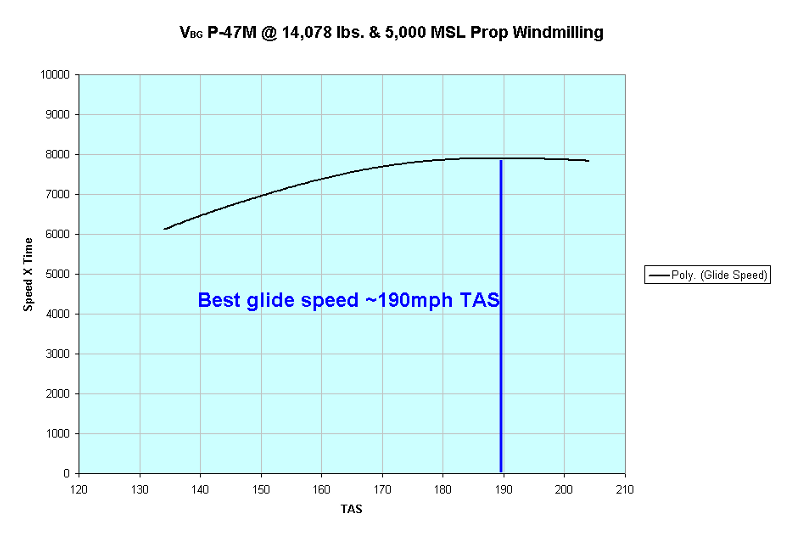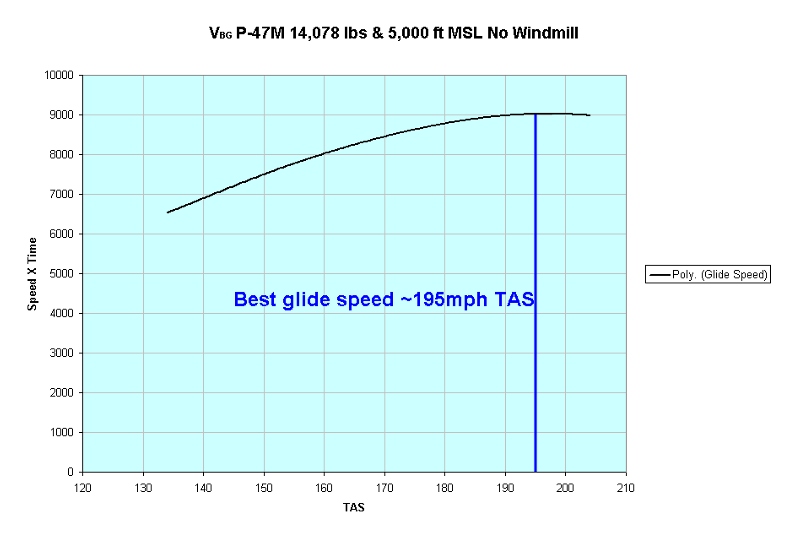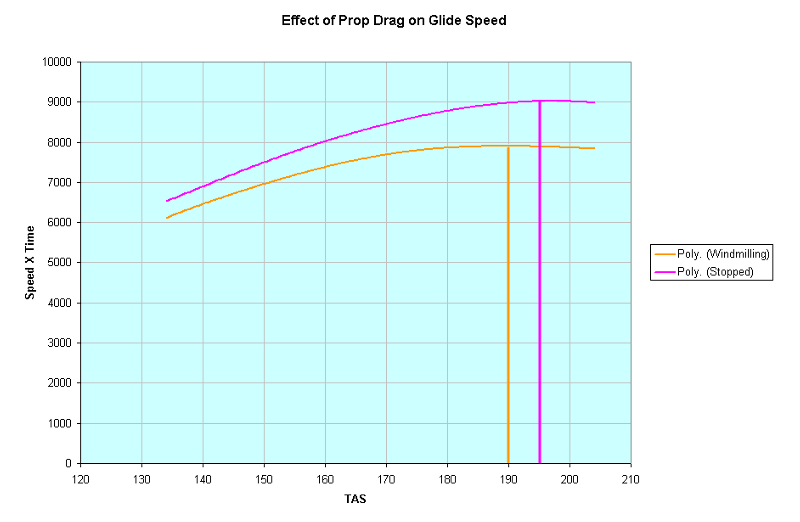The recent discussions of real-life performance versus in-game performance got me fired up to do some performance testing in-game, purely for working through some performance calculations. I chose the P-47M, mostly because its new, its a Jug, and it is something I'll probably fly a lot in the future. The first bit of data I collected was glide speed tests.
METHOD:
Airfield: I loaded the TA map offline, and used one of the 5,000 ft high airfields and airspawned each sortie. No wind was used.
Aircraft: The Jug-M was loaded with 50% fuel and the 8-gun, 267 rpg ammo load, giving our shapely lady a nice trim 14,078 lb weight for all tests. Fuel burn (though not used) was set at 0.001.
Test Regime: From the tower, I would airspawn SE, quickly raise the gear and recover from the resulting dive, leveling the aircraft out between 6,000 and 5,500 feet, and at around 200 mph IAS. Using the .speed command, I would enter the desired speed for that test, and after altitude and airspeed stabilized 5 mph IAS above the desired speed, hit [alt-x] and let the autopilot do the flying for reproducable tests. I would start my stopwatch as the aircraft decended through 5,000 MSL and stop the time as the aircraft arrived at 4,000 MSL. I tested each speed with both the prop windmilling (quickly turned the engine on and then immediately off) and with the prop stopped (I never turned the engine on). This was done both to test the two different conditions to illuminate the effect of prop drag, and also to see if the speeds were different. In game, if you run out of fuel, your prop will windmill. If your engine is damaged from lack of oil pressure or gunfire, the prop will stop. With the prop in the windmill condition, I would manually adjust RPM to minimum, which for the speeds involved stayed between 800-1000 rpm depending on speed.
RESULTS:
The results were interesting. I had previously assumed that best glide speed was close to best climb speed (default alt-x speed). Best glide speed in both test conditions was much higher than default alt-x speed. Second, it appears that the glide tests demonstrate that prop drag is modelled. I thought I had remembered someone saying it wasn't.
Charts illustrating the tests:
This one shows the Vbg with the prop windmilling

This one shows the Vbg with the prop stopped

This one shows the effects of what I assume is prop drag

The only question I have is whether or not you could use IAS instead of TAS. One or the other is going to remove altitude as a variable, I just couldn't figure out which one. Either way, I'll have some more stuff from this to present later.